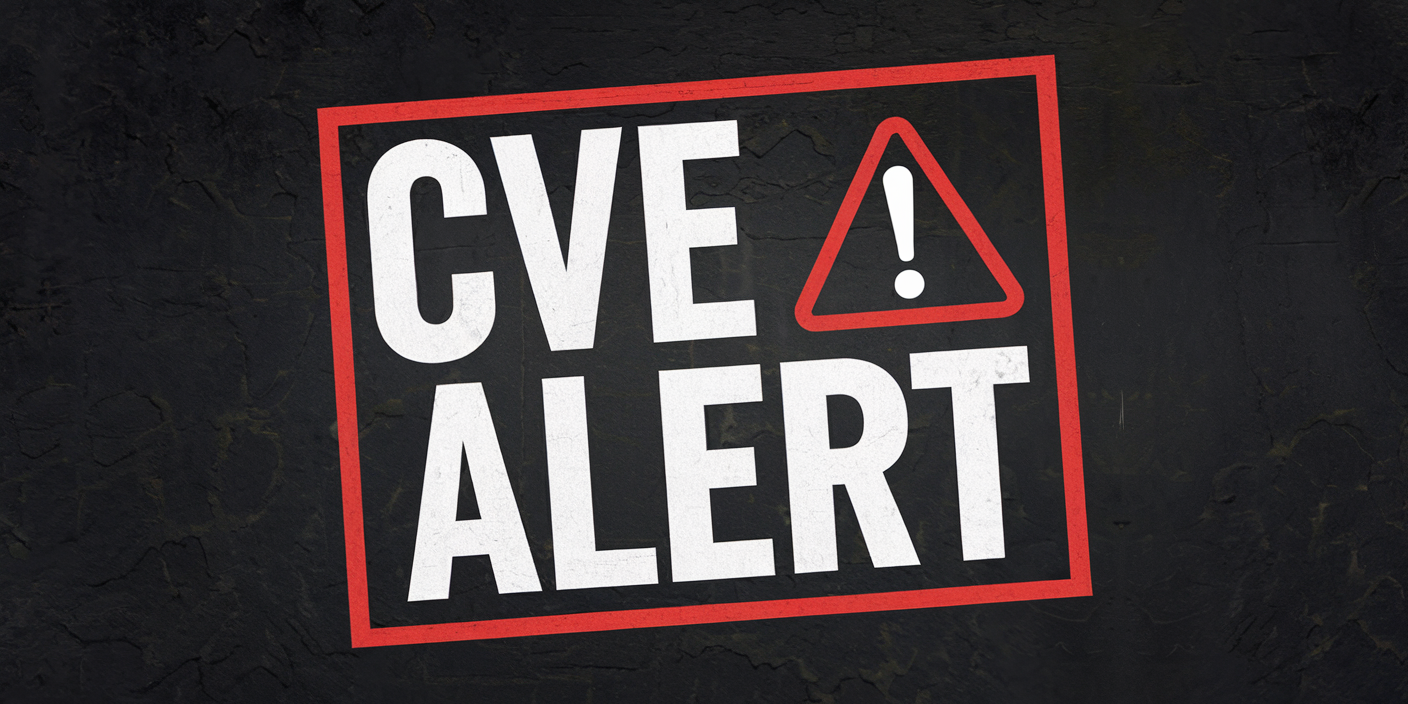CyberAlerts is shutting down on June 30th, 2025. Thank you for your support!
Example Searches:
CVE
Threat Actors
Countries
Vendors
Severity
Known Exploited
|
CVE-2025-2516 |
Description: The use of a weak cryptographic key pair in the signature verification process in WPS Office (Kingsoft) on Windows allows an attacker who successfully recovered the private key to sign components.
As older versions of WPS Office did not validate the update server's certificate, an Adversary-In-The-Middle attack was possible allowing updates to be hijacked.
CVSS: CRITICAL (9.5) EPSS Score: 0.01%
March 27th, 2025 (3 months ago)
|
|
CVE-2024-20018 |
Description: In wlan driver, there is a possible out of bounds write due to improper input validation. This could lead to local escalation of privilege with no additional execution privileges needed. User interaction is not needed for exploitation. Patch ID: WCNCR00348479; Issue ID: MSV-1019.
CVSS: CRITICAL (9.8) EPSS Score: 0.55% SSVC Exploitation: none
March 27th, 2025 (3 months ago)
|
|
CVE-2025-2857 |
🚨 Marked as known exploited on March 27th, 2025 (3 months ago).
Description: Following the sanbdox escape in CVE-2025-2783, various Firefox developers identified a similar pattern in our IPC code. Attackers were able to confuse the parent process into leaking handles into unpriviled child processes leading to a sandbox escape.
The original vulnerability was being exploited in the wild.
*This only affects Firefox on Windows. Other operating systems are unaffected.* This vulnerability affects Firefox < 136.0.4, Firefox ESR < 128.8.1, and Firefox ESR < 115.21.1.
CVSS: CRITICAL (10.0) EPSS Score: 0.08%
March 27th, 2025 (3 months ago)
|
|
CVE-2024-9574 |
Description: SQL injection vulnerability in SOPlanning <1.45, via /soplanning/www/user_groupes.php in the by parameter, which could allow a remote user to submit a specially crafted query, allowing an attacker to retrieve all the information stored in the DB.
CVSS: CRITICAL (9.8) EPSS Score: 0.08% SSVC Exploitation: none
March 27th, 2025 (3 months ago)
|

|
🚨 Marked as known exploited on April 10th, 2025 (2 months ago).
Description: The U.S. Cybersecurity and Infrastructure Security Agency (CISA) has added two six-year-old security flaws impacting Sitecore CMS and Experience Platform (XP) to its Known Exploited Vulnerabilities (KEV) catalog, based on evidence of active exploitation.
The vulnerabilities are listed below -
CVE-2019-9874 (CVSS score: 9.8) - A deserialization vulnerability in the Sitecore.Security.AntiCSRF
CVSS: CRITICAL (9.8)
March 27th, 2025 (3 months ago)
|
|
CVE-2025-2332 |
Description: The Export All Posts, Products, Orders, Refunds & Users plugin for WordPress is vulnerable to PHP Object Injection in all versions up to, and including, 2.13 via deserialization of untrusted input in the 'returnMetaValueAsCustomerInput' function. This makes it possible for unauthenticated attackers to inject a PHP Object. No known POP chain is present in the vulnerable software, which means this vulnerability has no impact unless another plugin or theme containing a POP chain is installed on the site. If a POP chain is present via an additional plugin or theme installed on the target system, it may allow the attacker to perform actions like delete arbitrary files, retrieve sensitive data, or execute code depending on the POP chain present.
CVSS: CRITICAL (9.8) EPSS Score: 0.18%
March 27th, 2025 (3 months ago)
|
|
CVE-2024-21082 |
Description: Vulnerability in the Oracle BI Publisher product of Oracle Analytics (component: XML Services). Supported versions that are affected are 7.0.0.0.0 and 12.2.1.4.0. Easily exploitable vulnerability allows unauthenticated attacker with network access via HTTP to compromise Oracle BI Publisher. Successful attacks of this vulnerability can result in takeover of Oracle BI Publisher. CVSS 3.1 Base Score 9.8 (Confidentiality, Integrity and Availability impacts). CVSS Vector: (CVSS:3.1/AV:N/AC:L/PR:N/UI:N/S:U/C:H/I:H/A:H).
CVSS: CRITICAL (9.8) EPSS Score: 0.58% SSVC Exploitation: none
March 26th, 2025 (3 months ago)
|
|
CVE-2019-9874 |
🚨 Marked as known exploited on April 10th, 2025 (2 months ago).
Description:
CISA has added two new vulnerabilities to its Known Exploited Vulnerabilities Catalog, based on evidence of active exploitation.
CVE-2019-9874 Sitecore CMS and Experience Platform (XP) Deserialization Vulnerability
CVE-2019-9875 Sitecore CMS and Experience Platform (XP) Deserialization Vulnerability
These types of vulnerabilities are frequent attack vectors for malicious cyber actors and pose significant risks to the federal enterprise.
Binding Operational Directive (BOD) 22-01: Reducing the Significant Risk of Known Exploited Vulnerabilities established the Known Exploited Vulnerabilities Catalog as a living list of known Common Vulnerabilities and Exposures (CVEs) that carry significant risk to the federal enterprise. BOD 22-01 requires Federal Civilian Executive Branch (FCEB) agencies to remediate identified vulnerabilities by the due date to protect FCEB networks against active threats. See the BOD 22-01 Fact Sheet for more information.
Although BOD 22-01 only applies to FCEB agencies, CISA strongly urges all organizations to reduce their exposure to cyberattacks by prioritizing timely remediation of Catalog vulnerabilities as part of their vulnerability management practice. CISA will continue to add vulnerabilities to the catalog that meet the specified criteria.
CVSS: CRITICAL (9.8)
March 26th, 2025 (3 months ago)
|
|
CVE-2019-9874 |
Description: Sitecore CMS and Experience Platform (XP) contain a deserialization vulnerability in the Sitecore.Security.AntiCSRF module that allows an unauthenticated attacker to execute arbitrary code by sending a serialized .NET object in the HTTP POST parameter __CSRFTOKEN.
CVSS: CRITICAL (9.8)
March 26th, 2025 (3 months ago)
|

|
Description: CVE-2025-2825: Unauthenticated HTTP(S) port access on CrushFTPv10/v11
CVSS: CRITICAL (9.8) EPSS Score: 15.48%
March 26th, 2025 (3 months ago)
|
